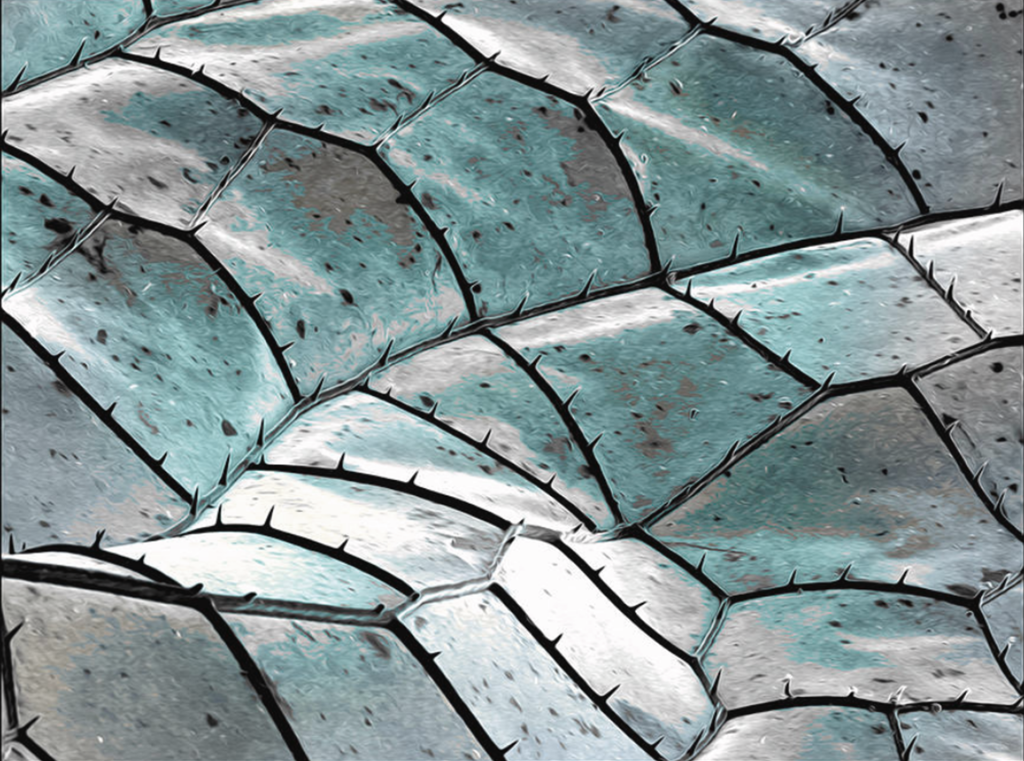John Bell + Simon Miller

Order is not sufficient. What is required, is something much more complex. It is order entering upon novelty; so that the massiveness of order does not degenerate into mere repetition; and so that the novelty is always reflected upon a background of system.
– A.N. Whitehead
Who?
Unit 19 propose contexts out of which individual trajectories emerge through discussion.
The theoretical axis of the unit remains concerned with developing new modalities for near-future architectural design which extend and extrapolate from extant conditions. We believe that to adapt, extend and re-use are ethical, aesthetic and environmental imperatives.
What?
Unusually this year, 19 will be outlining a formal area of interest. For both 4th and 5th years we will begin the year by researching and producing dendriforms and other L-system derived geometries, in combination with research into biomimetic long-span structures, forms of folded, tessellated and auxetic geometries to produce integrated material systems. 4th years will subsequently develop propositions which recognise the vitality of roofscape and landscape in the architectonics of the market as a site of social interaction, commercial use and cultural practice, while 5th years can develop research outputs in the context of an open brief.
In addition to the Unit agenda, 5 students will be offered the chance to enter the Future Spaces Competition, which takes place over two weeks in term one, held at Make Architects.
Where?
Sites will be chosen by negotiation, with 5th year having the option to pick any location on Earth, whereas 4th years will be geofenced to sites in London, to develop a scheme designed to amplify, extend and augment an extant market location, or to propose a new market location in the city. 5th years can choose to take the same focal interest or develop their own in the context set by the unit.
The means of production of work are always implicated in its outcomes: the unit will again make extensive use of Unreal Engine as our primary experimental and representational platform, this year outputs from both years will cover physical, digital and hybrid configurations.
Why?
Markets are vital spaces for communities to gather, grow and evolve. In recent years they have become transformed by digital technologies, allowing peripatetic or irregular occupation to be managed advantageously. The market is the original business incubator and accelerator, providing an invaluable platform for start-up and established business alike to engage directly with consumers. Markets connect urban and rural economies, increase access to affordable and healthy food, and offer low-risk business opportunities for vendors and farmers. They are the original civic centres and continue to be key public gathering places, capable of acting as essential economic, cultural, social, political and public health infrastructure. Architecturally, they present interesting tectonic and contextual challenges within an ostensibly straightforward programme, which has its roots in antiquity.